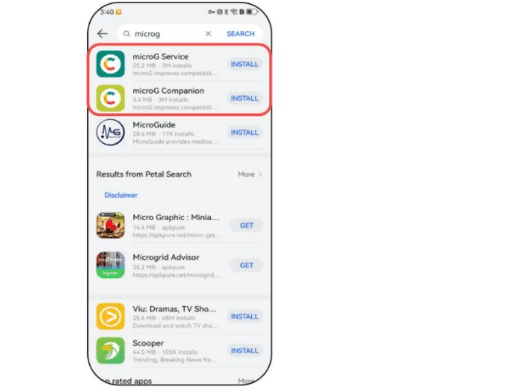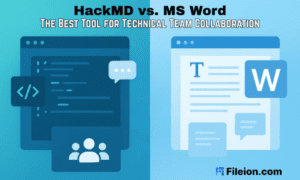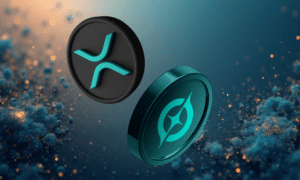What Defines a Modern Huawei Smartphone Today?
Huawei smartphones are revolutionizing the concept of combining utility and innovation. The company introduces distinctive features that challenge industry standards and astound consumers with each new iteration. Huawei is perpetually changing, from the development of breathtaking imagery to the integration of high-performance hardware and a seamless ecosystem. The sophisticated software and potent hardware of Huawei handsets are designed to captivate the attention of dedicated customers. Some users also explore solutions like microg huawei setups to restore certain app functionalities. This blog explores the elements that shape today’s modern Huawei smartphones and what makes them not only competitive but also appealing to users around the world.
What Makes Huawei Smartphones Stand Out?
Sleek and Modern Design
Huawei smartphones have attractive designs that combine premium materials with functional aesthetics. Flagship models like the Mate and P series have ultra-slim profiles, curved screens, and symmetrical layouts that feel sumptuous to hold. Huawei also takes attention to color and texture, with gradient finishes and glass-metal combinations that reflect light brilliantly. The focus on design extends to camera positioning, bezel minimization, and haptic input. Every aspect adds to a sleek, modern design that strikes a balance between refinement and usability, making Huawei phones both fashionable and practical for everyday use.
Powerful Hardware and Performance
Huawei cellphones are quite powerful. Flagships have cutting-edge chipsets, as well as enough RAM and effective cooling systems, allowing for seamless multitasking and gaming. Large-capacity batteries allow for extended usage durations, while quick charging and wireless charging improve convenience. AI-powered performance optimization guarantees that programs launch swiftly and resources are managed efficiently. Huawei phones are quick and powerful, whether doing productivity activities, photography, or high-frame-rate gaming. Even mid-range models have consistent performance, providing consumers with excellent value at a variety of pricing points.
Advanced Display Technology
Huawei invests extensively in display research, delivering high-resolution OLED and AMOLED displays on its flagship products. These displays provide vivid colors, deep blacks, and HDR content, making them perfect for video consumption and gaming. Features such as 120Hz refresh rates, ultra-thin bezels, and punch-hole cameras enhance screen real estate while maintaining aesthetics. Advanced eye protection settings limit blue light, while adaptive ambient brightness adjusts to the surroundings. Huawei’s foldable lineup, which includes the Mate X series, also demonstrates its expertise in flexible display architecture. These cutting-edge displays embody Huawei’s aim for immersive, user-first design.
Software, Ecosystem, and User Experience
HarmonyOS and EMUI Updates
Huawei has switched several of its devices to HarmonyOS, a proprietary system aimed at cross-device collaboration and seamless performance. HarmonyOS provides smoother animations, simpler menus, and improved memory management. It’s designed for multitasking, with split screens, floating windows, and app continuity between devices. The system prioritizes privacy, with granular permissions and safe app sandboxes. Huawei is always refining its software based on community feedback and innovation, ensuring that customers have access to an efficient, dependable, and developing operating system.
AppGallery and Alternatives to Google
Without Google Mobile Services, Huawei transformed AppGallery into a thriving app store, with millions of users and rising developer support. Core programs such as banking, social networking, navigation, and retail are now available or offer alternatives. Petal Search and Petal Maps give simple alternatives to Google’s products, while Huawei Mobile Services (HMS) offers cloud, wallet, and ID services. Users can also sideload APKs as needed. The firm attempts to assure security through app verification and parental controls. Despite limits, Huawei’s app ecosystem has evolved tremendously, providing realistic solutions for the majority of daily chores without relying on Google.
Seamless Device Connectivity
Huawei excels in creating a connected environment by connecting phones, tablets, laptops, wearables, and smart home devices via the Super Device and Huawei Share features. With a simple drag-and-drop interface, users can replicate phone screens on computers, transfer files rapidly, and manage many devices from a single hub. Taping a Huawei phone to a MateBook allows cross-platform cooperation, while wireless projection transforms displays into workplaces. HarmonyOS enhances this integration by standardising the operating experience across several devices. The end effect is a smooth, natural movement across gear that approaches the ecosystem in terms of efficiency and customer satisfaction.
Conclusion
Modern Huawei smartphones blend elegant design, powerful performance, and an ever-evolving software ecosystem. The company continually advances in user interface design and seamless ecosystem integration. Each device offers more than communication—it delivers an immersive experience with high-refresh-rate displays, intelligent features, and reliable alternatives to mainstream services. Huawei’s dedication to innovation, quality, and user satisfaction ensures its strong presence in the global smartphone market. For many users, choosing a Huawei phone represents a bold and forward-looking decision that combines style, technology, and exceptional everyday performance.



































